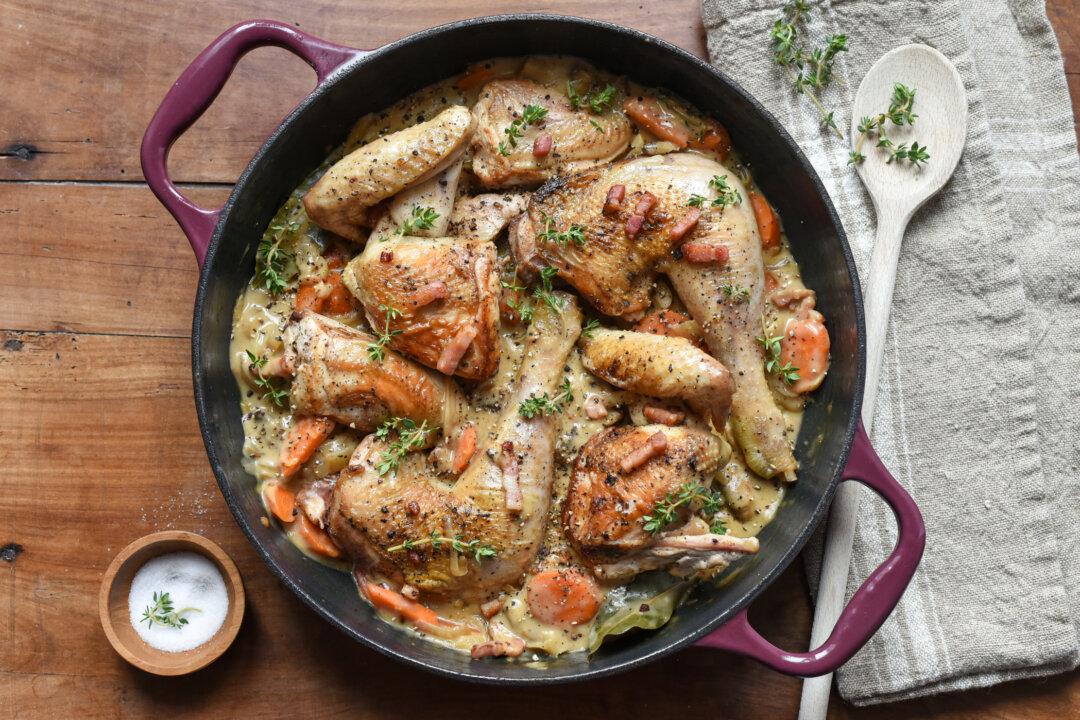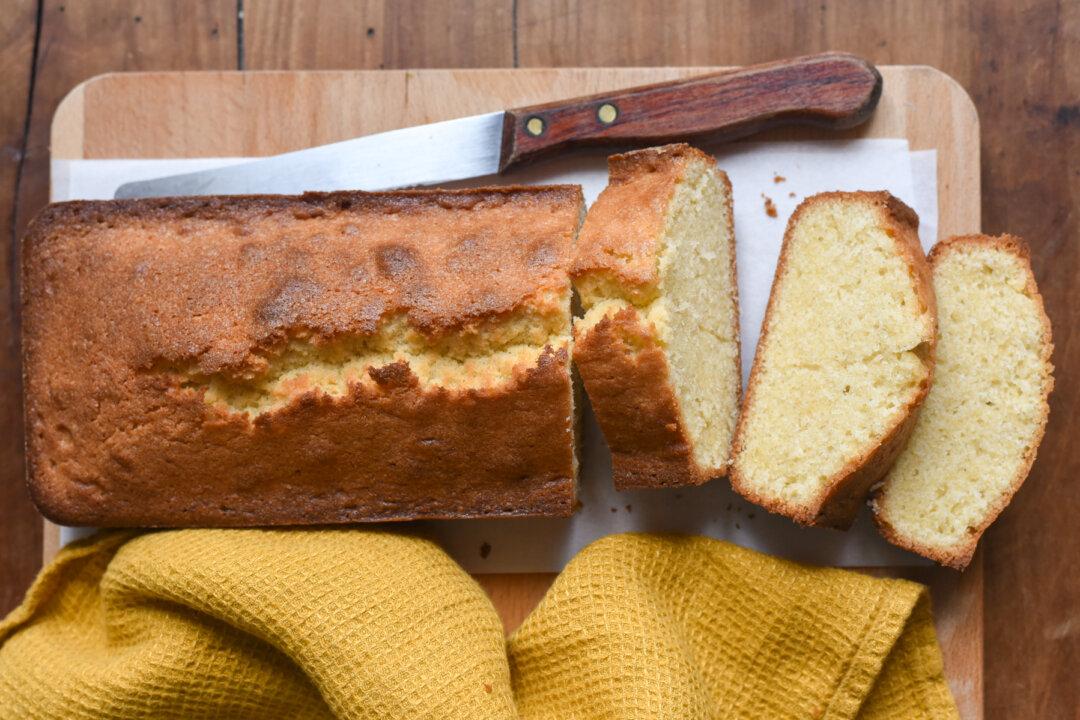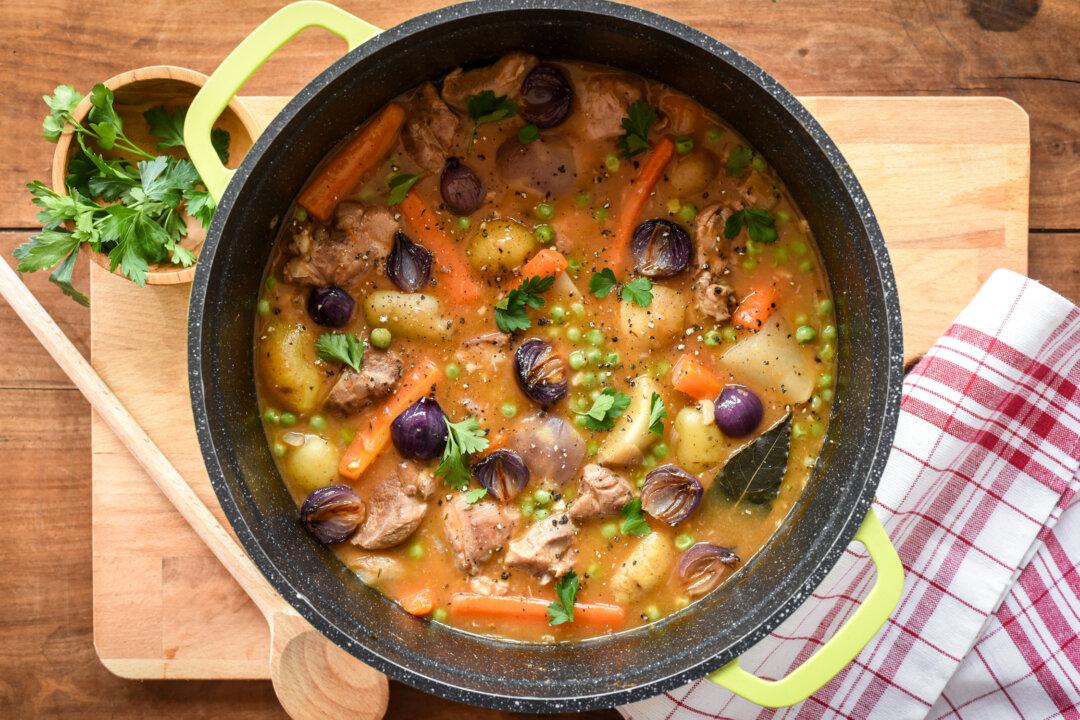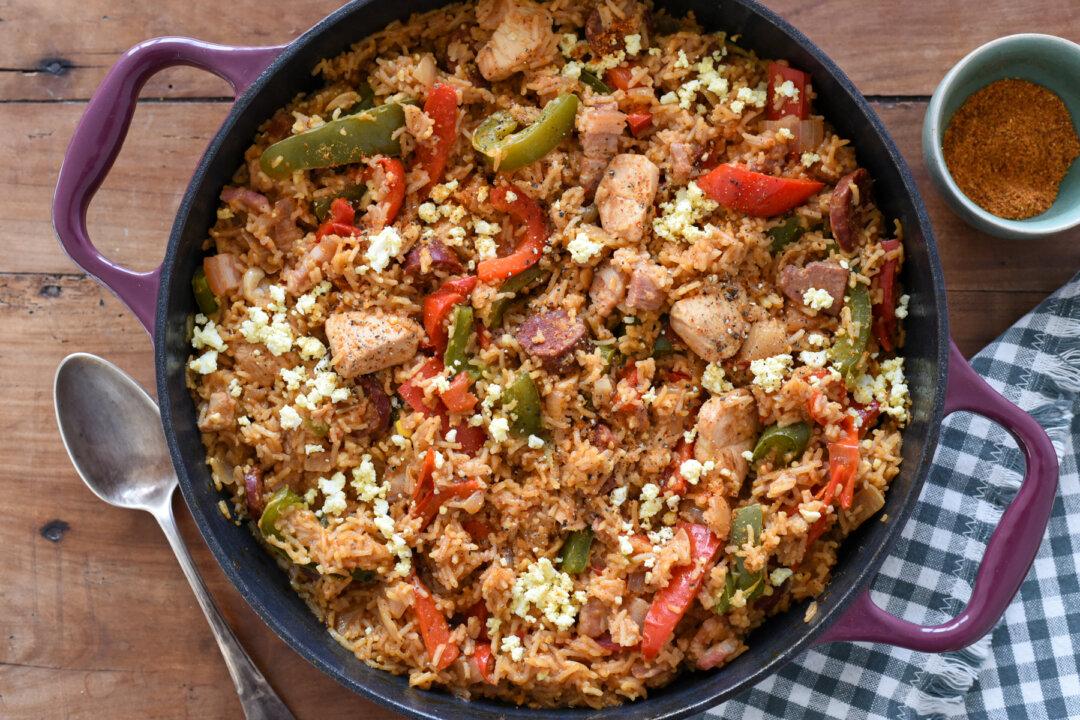Socca, a savory chickpea flour pancake, is a humble culinary treasure hailing from the French Riviera.
It’s a popular street snack in the city of Nice, in southern France, where you can often watch it being made right in the streets and markets, cooked by vendors with portable wood-fired ovens on wheels.





